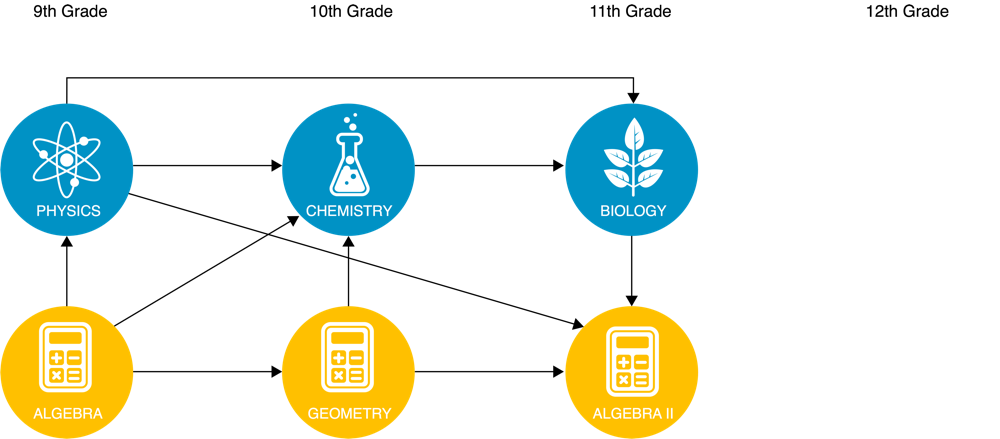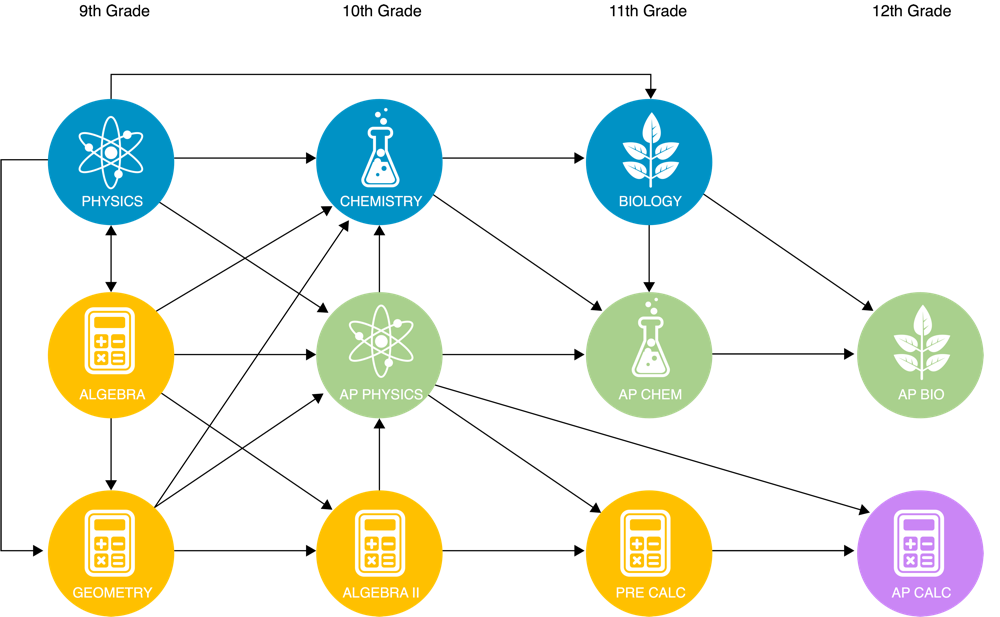Outage Notification
On Thursday, October 30, 2025 at 5am ET we will be updating the NJCTL Moodle site. The site will be unavailable for approximately 4 hours.
The Progressive Science Initiative® (PSI®) and Progressive Mathematics Initiative® (PMI®) empower educators to increase student engagement in K-12 science and mathematics, boost achievement and transform schools. PSI and PMI shake up traditional education with a powerful and fully integrated approach that includes not only course materials, but also innovative and effective recommendations for curriculum, teacher methods, environment, scheduling, policies and practices.
PSI and PMI create an engaging environment for students. PSI and PMI classrooms are filled with lively debate and collaborative problem solving. They make science and math the favorite subjects of many students as they achieve exceptional understanding.

Also, by offering complete sets of free editable course materials for all K-12 math and science, PSI and PMI reduce the stress of daily lesson planning for teachers, eliminate the expense of textbooks and allow for real-time continuous improvement. They also create K-12 vertical alignment from year to year, and horizontal alignment between math and science in each year. This provides unprecedented coherence for both teachers and students, which has never before been possible.

as follows below
NJCTL programs replace textbooks with free digital content aligned to new standards in science and mathematics. Our content is used both in classrooms on Interactive White Boards (IWB) as well as distributed to students either as printouts or electronically.
The curriculum is updated frequently using the feedback from teachers using it in classrooms around the world. This allows the material to remain current and relevant.
In high schools implementing PSI, the science sequence becomes physics-chemistry-biology, with all those courses required for all students; and the elective AP course sequence would become AP Physics - AP Chemistry - AP Biology (with each AP course immediately following the introductory course).
There are several reasons why PSI uses the Physics-Chemistry-Biology sequence. In order to understand modern Biology, students need to understand Chemistry, and to understand Chemistry, students must understand Physics. In addition, mathematics aligns better with Physics at the beginning of the science sequence. Finally, this sequence maximizes the number of Advanced Placement (AP) science courses students can take.


Polling devices, such as student response devises from einstruction by Turning Technologies or “bring your own device” (BYOD), are used to evaluate embedded formative assessment. NJCTL and einstruction offers discounts on student response devices for districts adopting PSI-PMI.
Lab supplies, hands-on materials and additional software to support PSI-PMI are found on the course content pages of the website.
NJCTL recommends the following in terms of scheduling:
Mathematics classes meet every day for a minimum of 40 minutes.

Science classes meet for a minimum of 40 minutes for four days each week and once a week for a minimum of 60 minutes, to provide time for experiments.

Professional Learning Communities are enabled by providing a class period, at least one day each week, for teachers to collaborate.
Classes are heterogeneous to the extent practical, and tracking is minimized.
After-school tutoring sessions are established to enable heterogeneous classes to be successful by providing students a chance to learn from their teachers and/or peers outside of the normal class time, and to take retakes.

Grading policies correlate all assessments to the End of Course Assessment in each course using the PSI-PMI correlation table. In other words, grades are based on the objective outcomes of work done in front of the teacher. No grades are given for homework, participation, behavior, attendance, etc.; only for the results of assessments (with a small contribution from laboratory work).
Retakes of all major assessments are encouraged (with only the highest grade counting) so that the emphasis is on what students learn and not when they learn. This allows students multiple opportunities to succeed and build their confidence.
Teaching assignments are made so that all teachers are teaching children with a spectrum of past achievement; as wide a diversity of grade levels as possible; and as many content areas as possible in order to encourage school-wide cohesion and strong horizontal / vertical curriculum articulations.
Teacher leadership is promoted so that teachers share in both the responsibility for student achievement and the authority to take actions to improve it.